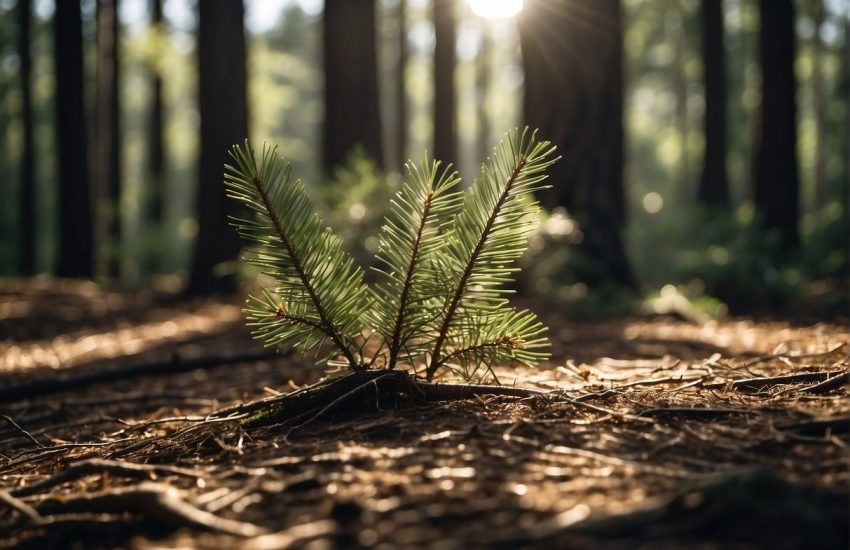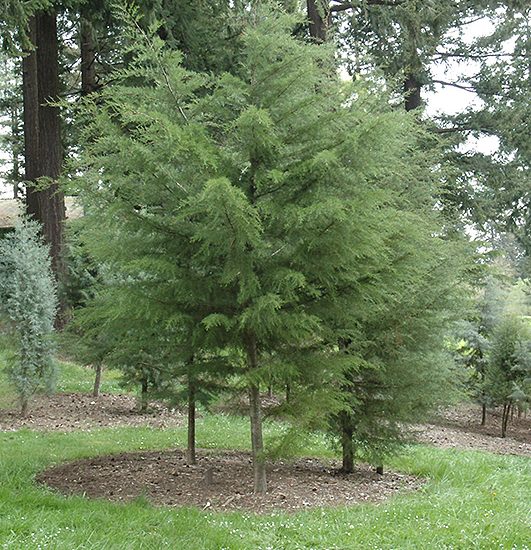7 Best Pine Trees To Grow In Maryland
Pine trees, which are conifers, are admired for their green needles and round brown cones. Pine trees like the Eastern white pine have blue-green needles, which add even more texture to a landscape. Pine trees are low-maintenance and prefer full-sun conditions, along with well-drained soil.
Our love of Evergreens comes from their sustainability and long lasting nature! As a symbol of eternal life, these trees retain their leaves throughout the seasons, making them both an attractive and reliable option for gardens and other landscaping projects.
The rich green foliage of Evergreen trees maintains its distinctive stature year-round, because its foliage is thicker than that of deciduous trees, which shed their leaves with the change of the seasons.
These trees may appear alike at first glance, but they differ in size, shape, and even foliage. Some are needle-bearing, whereas others are leaf-bearing.
However, unlike the name implies, there are many varieties of Evergreen that can be found in various colors, including blue, red, and yellow. Trees have growing zones, or hardiness zones, based on their growth characteristics. Make sure your evergreen tree will thrive by finding its growth zone.
Loblolly Pine Tree’
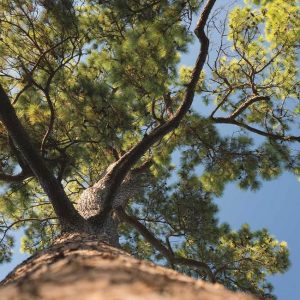
As a fast-growing tree, the Loblolly Pine is popular among gardeners and landscapers for quick privacy.
In addition to its slender, dark-green needles and red-brown cones, this Pine Tree has a neat oval shape that makes it an appealing landscape choice.
The tree can grow up to 60-90 feet tall at maturity, so it’ll be able to thrive for generations! Native to the South-eastern United States, this easy-growing tree can tolerate heat, flooding, poor soil, and even moderate drought.
You’ll also be providing a safe haven for wildlife in your area, as Loblolly Pine provides food and shelter for many wildlife species, such as chickadees, nuthatches, turkeys, chipmunks, and squirrels.
Dwarf Mugo Pine
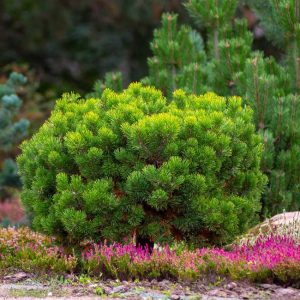
Dwarf Mugo Pines give your garden beds a modern edge. Dwarf conifer are slow-growing and wide-spreading evergreens that make excellent rock gardens, foundation plantings, mixed groupings and more. It also makes a great specimen for containers, because of its small size.
Dwarf Mugo Pines can grow up to 3-5 feet tall and 6-10 feet wide, but they remain small in most landscapes.
Its dark green needles grow straight and upright, which makes it an ideal companion for perennials or other dwarf shrubs in the garden.
In Japanese gardens, the Mugo Pine is often trimmed into a neat mound, so it can either be grown in its natural shrubby form, or pruned into a mound.
Which part is the most enjoyable? The Dwarf Mugo Pine is incredibly easy to grow. It has extreme cold tolerance (down to Zone 2), but can tolerate both heat and humidity up to Zone 8.
There’s no maintenance required and birds love it. Its foliage stays deep green all year round, even during the coldest winter.
It is a great choice if you’re looking for a dwarf shrub that will provide year-round interest for your garden, patio, or walkways.
Vander wolf’s Pyramid Limber Pine
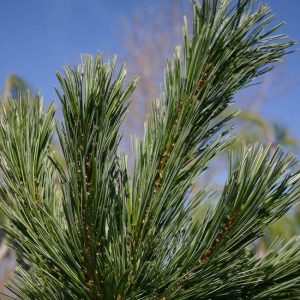
An eye-catching branching pattern and vibrant color make this plant stand out among others.
The tree’s youthful growth appears green, then later matures into its signature blue-green needles and large, decorative cones.
A single plant can be a nice accent tree or used to create a simple, attractive privacy screen.
Is your outdoor space too small for a large garden? Additionally, the Vander wolf’s Pyramid Pine is suitable for container planting in patios.
You can pinch or break away new growth if you want a denser tree. It’s versatile in size and shape.
A low-maintenance species, the Vander wolf’s Pyramid Limber Pine can be pruned minimally after it has become established; once established, it will tolerate drought, and it has an excellent disease and pest resistance, making it an easy choice for your yard. Besides, it is ideal for difficult planting locations like rocky soils.
Japanese Umbrella Pine Tree
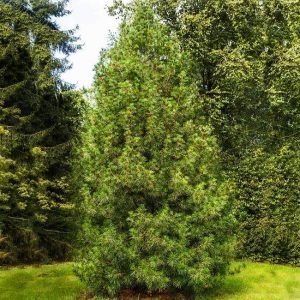
This evergreen Japanese specimen, with its graceful shape and cascading green needles, puts a unique spin on traditional hedging.
The slow-growing variety is excellent for almost any location in your yard.
You can use the Japanese umbrella pine as a driveway border, as the background for plant beds, or as a focal point for your front yard without worrying about it.
This unique tree doesn’t need to be pruned, however you may train it to suit your desires by shaping it.
Eastern White Pine Tree

Create a tree that will last generations. When it’s taken care of, Eastern White Pine Trees will live for centuries, as they can survive down to -30 degrees and adapt to nearly any environment.
Western White Pines are adaptable and can grow in large, open spaces or under the shade of taller trees like Aspens and Birches.
Although the plant grows well in open spaces, it can tolerate most soil types and boasts evergreen foliage that shines all year.
The contrast between the white and gray world of winter and the snowy branches bursting with pinecones and needles is truly beautiful.
The Eastern White Pine attracts a lot of wildlife. Eastern White Pine bark is welcoming to porcupines, red squirrels, snowshoe hares, and many other animals, making it ideal for a graceful display in your backyard.
Austrian Pine
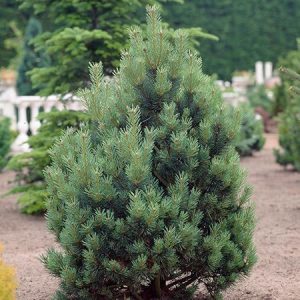
Austrian Pine, a top choice for privacy trees in urban areas due to its high tolerance for pollution and smog. This dense, robust type of pine, also known as European Black Pine, is a solid living wall.
As standalone trees or in rows, Austrian Pines reach heights of 40 to 60 feet, large enough to block neighbors’ views of your property while adding aesthetic value to your landscape.
Would that be better? In the windiest regions of the country, they have been tested and proven to work.
Your home will be protected from strong winds by Austrian Pines and other delicate plants.
A low-maintenance tree like the Austrian Pine can survive on poor soil and grow even where other trees are unable because they’re drought tolerant and can adapt to a variety of poor soils, such as sandy soil or clayey soil.
With a high salt tolerance, they will thrive near the coast and in Northern areas in winter, when salt sprays are commonly used.

